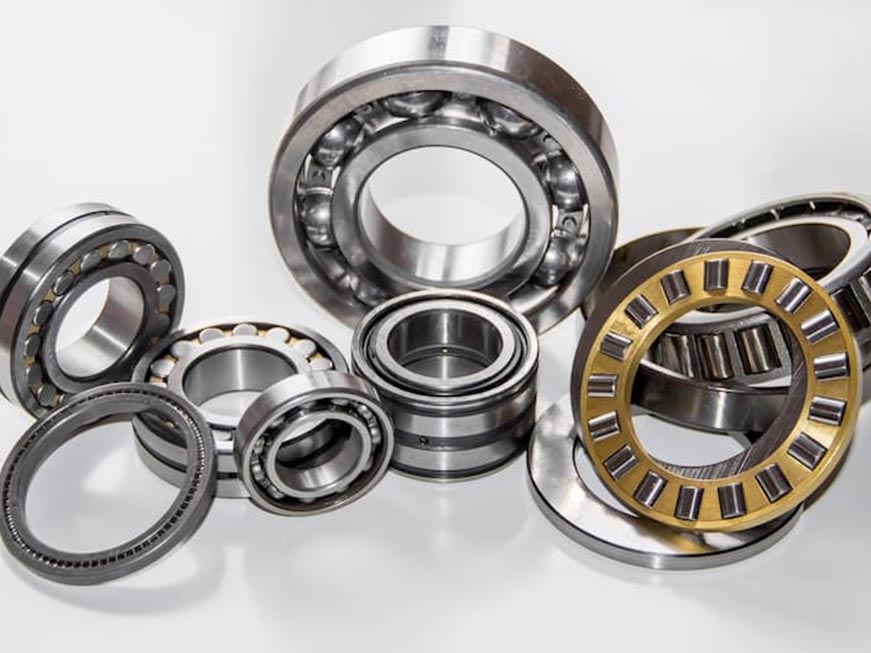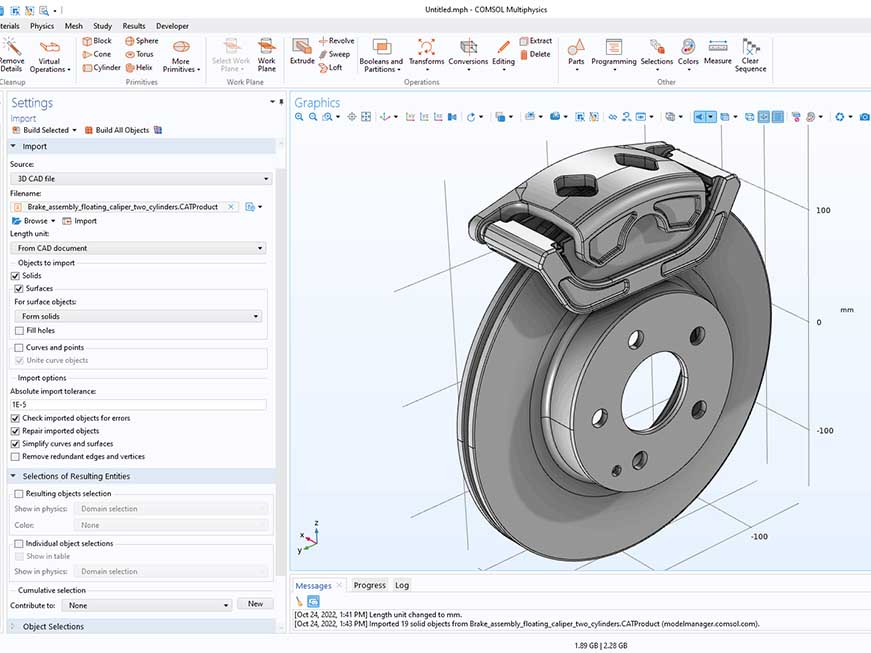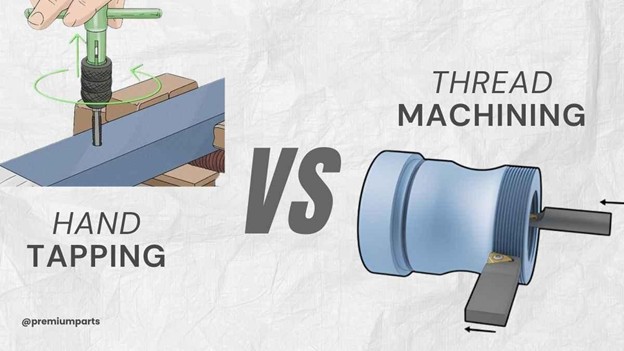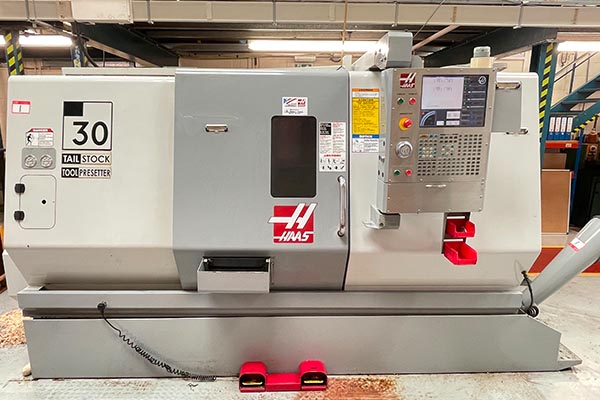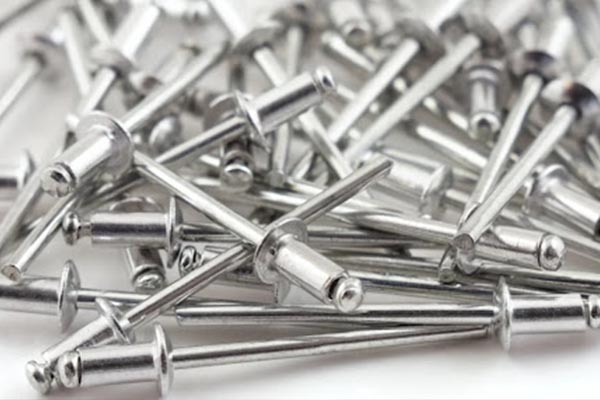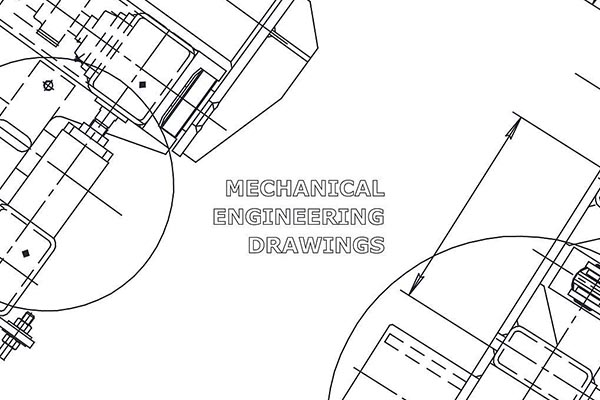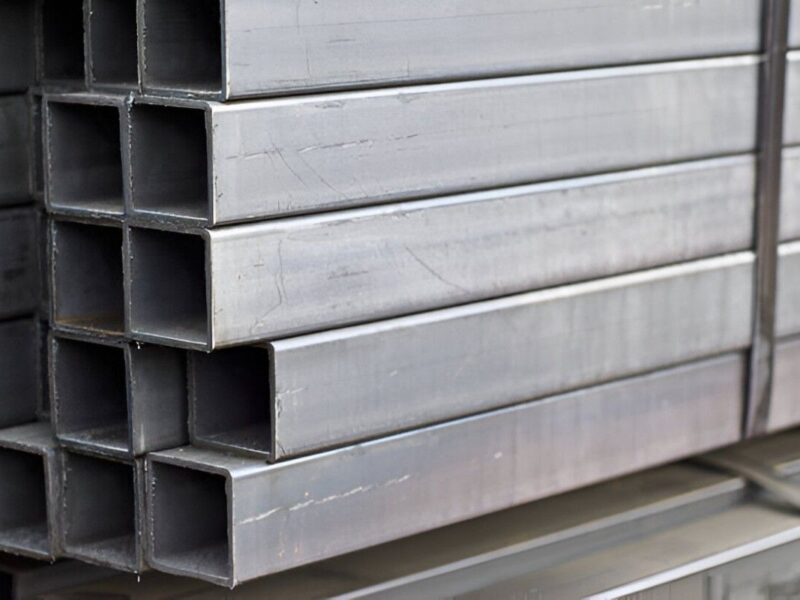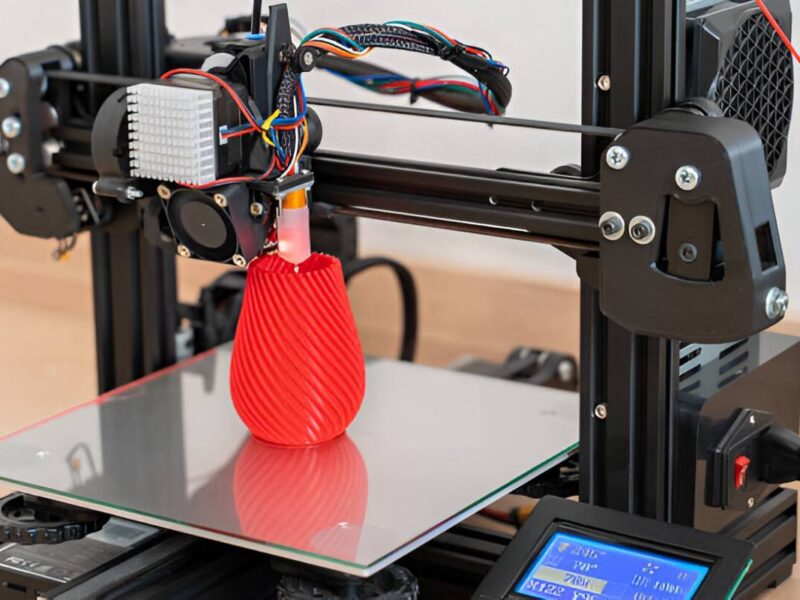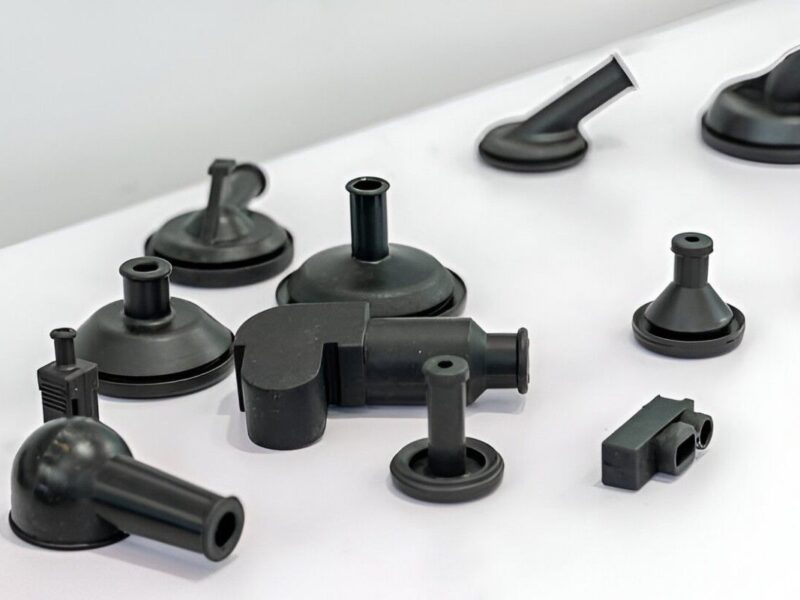Low-volume manufacturing is a quantity-specific type of manufacturing that involves the production of end-use parts, components, or prototypes within a range of 100 to 10,000 units. Low-volume production is often employed to bridge the gap between successful prototypes and full-scale volume manufacturing. It is also employed to stimulate market entry with the first couple of units before a product is entirely accepted and demands higher production.
The manufacturing cost associated with low-volume CNC machining hinges on many factors. Although these factors are the same that will generally affect any form of manufacturing, we shall be considering how specific factors can alter your production cost when low-volume manufacturing is involved.
1. Quantity
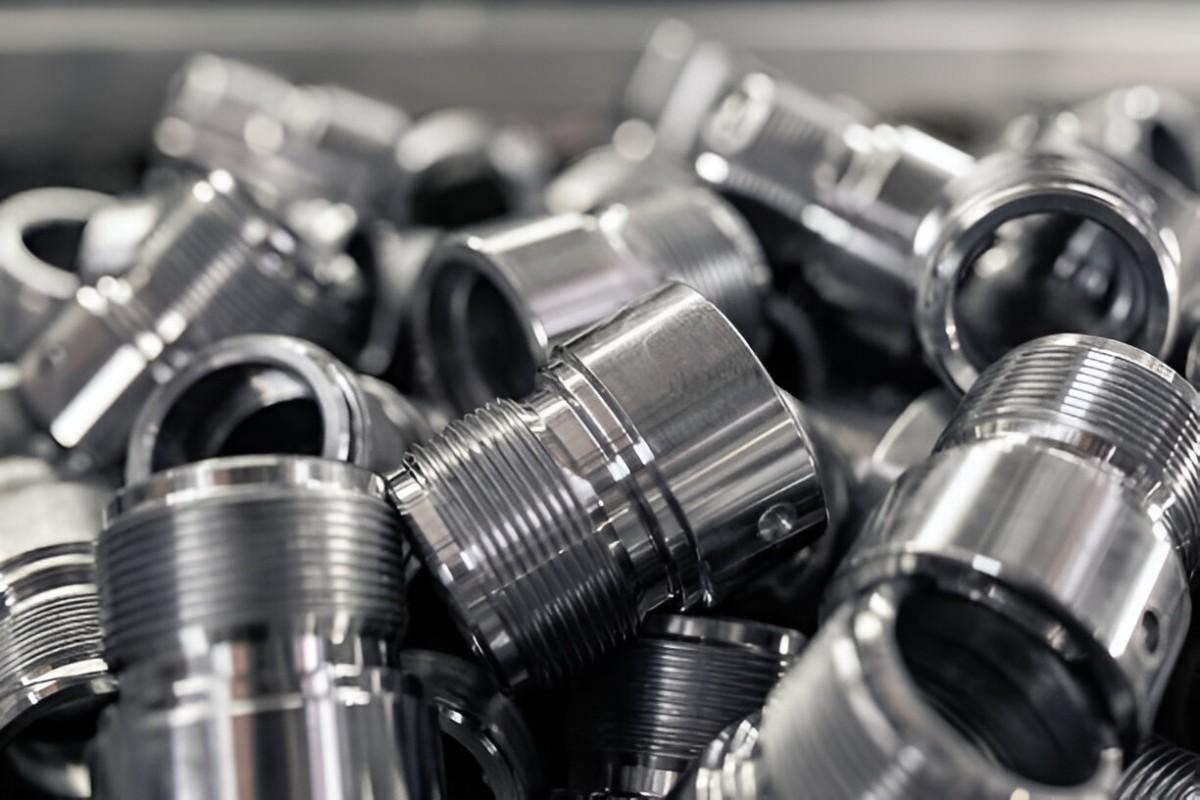 Set of Machined Metal Parts
Set of Machined Metal Parts
Image Description: A set of machined metal parts produced in low volume.
It’s no secret that production volume and total production cost are directly proportional. We understand that every cost unit has both fixed and variable components, as per economic principles. The fixed costs are the expenses that remain constant regardless of the quantity produced. Examples of fixed costs include building rental, taxes, salaries, depreciation, insurance, and maintenance costs. On the other hand, variable costs will increase or decrease based on the quantity being produced. These include labour, raw materials, shipping, freight, and utility costs.
When dealing with low-volume manufacturing, there is a higher chance that your production cost will be driven upwards by the fixed costs that won’t be spread over too many parts.
Another angle to consider is how low-volume manufacturing will generally increase the operational time. This is because of the numerous stops and starts when making only a few units of a part. Unlike full-scale manufacturing, where tens of thousands of products are being run. You may need 1000 units of product A and 500 units of product B. A lot of time is lost between programming, adjustment, test runs, and operators getting used to your part.
2. Raw Materials
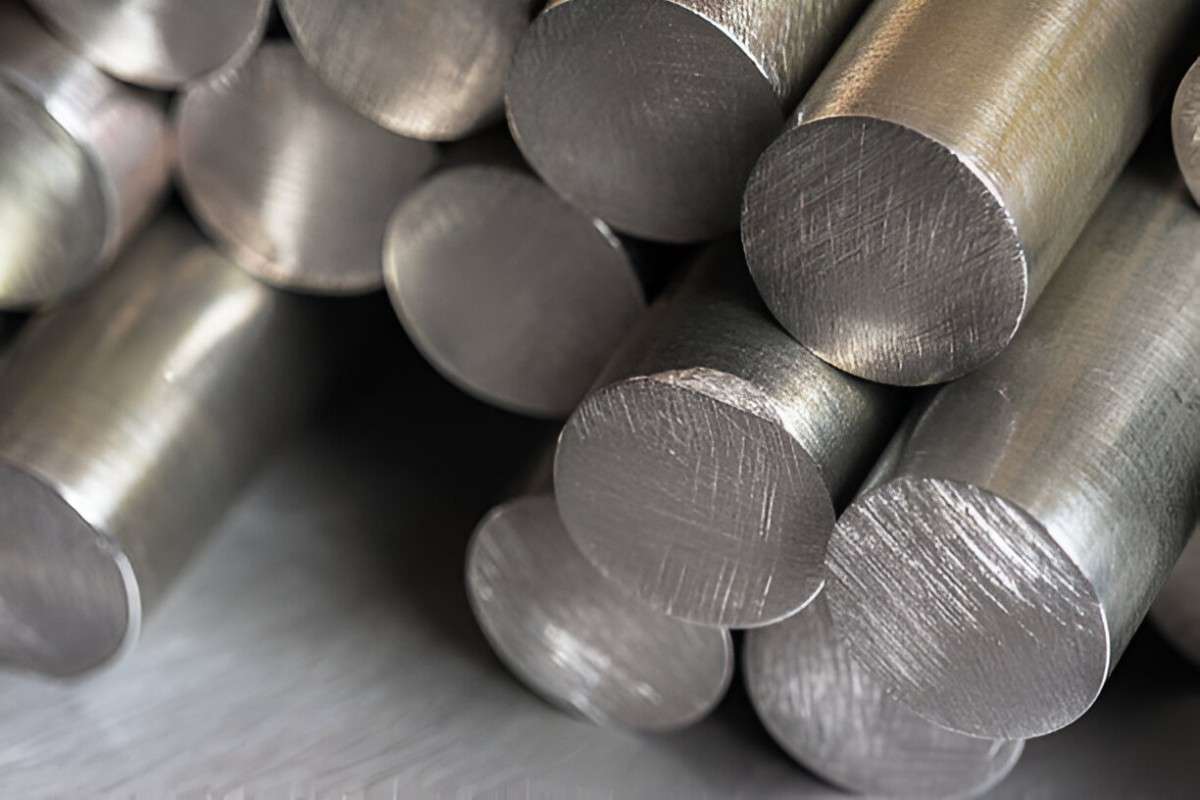 Steel Rods in a Factory
Steel Rods in a Factory
Image Description: Stacks of steel rods arranged in a factory, prepared for CNC machining. The rods are organised for easy handling and ready to be processed.
Raw material cost is a crucial example of the variable costs summarised above. The quantity of raw material required to run a specific job depends on the number of parts to be manufactured with the material. Furthermore, the nature of the end part and the type of raw material go hand in hand. This will also affect the landing cost of your low-volume project. While manufacturing fewer units will mean lower raw material volume, choosing the wrong material for your part can shoot up your cost.
Factor in the ease of machining the material, the waste ratio, and the need for post-machining operations. As low-volume manufacturing is often a bridge for full-scale manufacturing and product prototyping, you may consider using viable alternatives for the intended initially raw materials to save cost or aid turnaround.
3. Manufacturing Cycle Time
The manufacturing cycle time refers to the total time taken to produce a batch of parts. Depending on the total quantity to be manufactured and the machine capacity, a batch may run 500 to 1000+ units at a time. The longer it takes to make a single unit of your part, the more that unit will likely cost. This cost will also be scaled to accommodate the total units you desire to make, although at some volumes, the cost per part begins to reduce.
Factors such as unit production time and power costs are the most significant drivers of manufacturing cycle time. Following DFM guides can help you identify many cost-saving approaches and increase the overall quality when producing your part.
4. Labour Cost
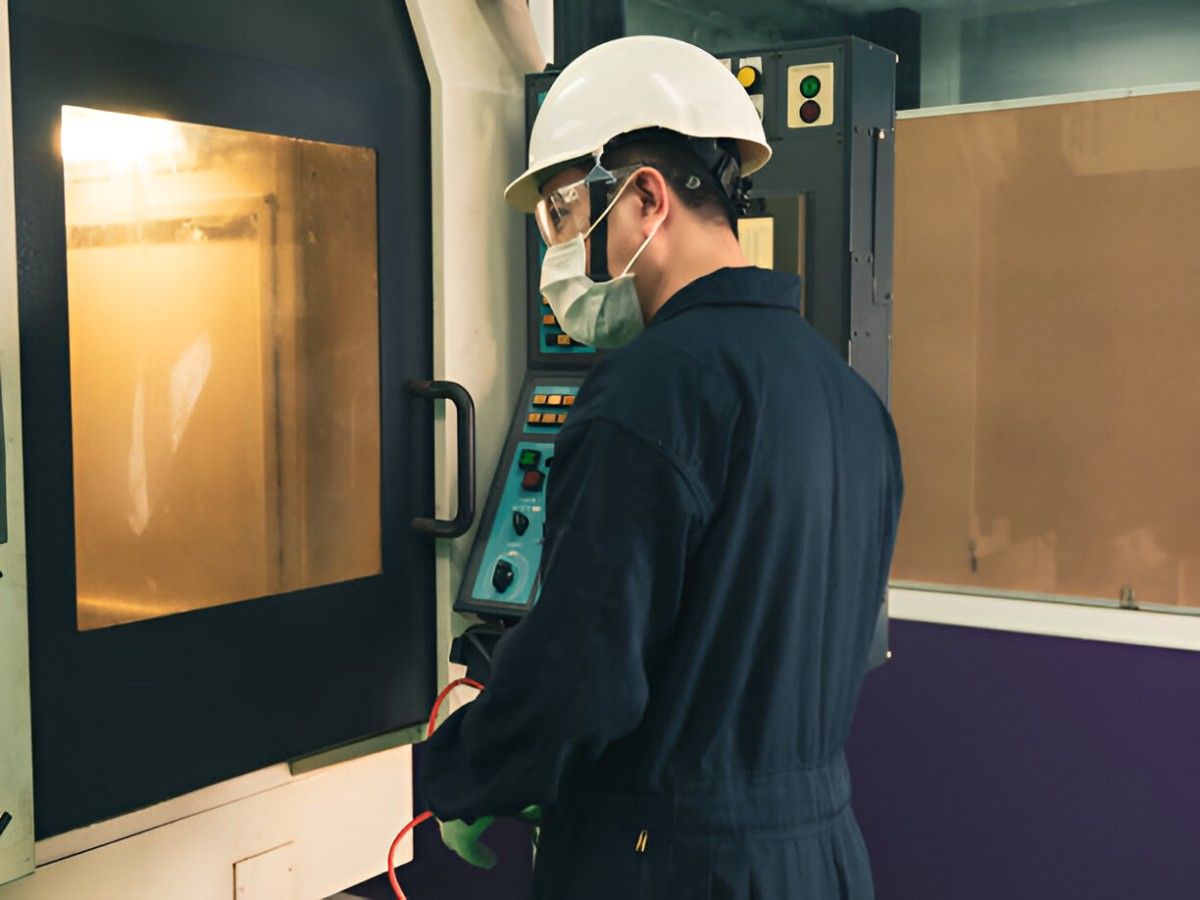
CNC Machine Operator
Image Description: A CNC Machine Operator wearing a safety helmet while carefully handling machining operations.
In almost every workshop, labour cost will be one of the heavy hitters in manufacturing low-volume projects. Depending on the complexity of parts and the need for assembly or post-machining, the labour cost may be affordable or pricey. Therefore, many product developers are advised to do away as much as possible with purely aesthetic features, as this will take significant effort on the labour to execute the design. DFM guides also advise that parts should be designed as composites without the need for assembly or post-production fitting when doable.
Labour cost is also impacted by the country of manufacture, the skill level required, the hourly rate, and the minimum wage in the area. This is particularly important if one of the unique selling points (USP) of your product is themed around hand-made inputs (for instance, car dashboards like the Mercedes-Benz or BMW). Low-volume projects in China are generally less expensive than production batches run in the US or Europe.
5. Country of Manufacture
Your country also plays a critical role in the landing cost of your low-volume projects. It also hinges on the total quantity to be manufactured. While China remains the world’s manufacturing capital, consider whether shipping and logistics costs will surpass labour costs if you choose to manufacture closer to your home country.
Next, ponder the nearness of the raw material and raw material costs in each location. Regardless of the volume, many entrepreneurs and companies have found that China remains the optimal location due to the region’s competitive rates and taxes, power costs, expertise, versatility, availability, and labour costs.
6. The Production Lead Times
Lead times refer to your production delivery schedule. The extent of flexibility of your project deadline may help you drive up or down your low-volume production costs. Quite understandably, if you need only a few volumes of items on a tight deadline, you must be ready to pay top dollar. This is because the manufacturer will logically prioritise mass production demands at profitable rates over your order.
If you want a factory rush order, this will likely mean that the workshop will have to suspend its other jobs and dedicate resources (machines and labour) to it. Overtime payments may even arise.
The longer your order can go, the lower the cost of production for you. This is why it is imperative to plan and manage your demand and supply, and contact your supplier weeks in advance of the due date.
7. Demand and Supply
As we all know, there is no business without economics. Planning around your supplier’s peak period can drive the cost of your project significantly because of the strain on the resources available in the workshop during that period. When demand is high, your manufacturer is likely to charge you more because the higher the demand, the higher the price. However, placing your order during their less active and quieter periods will result in lower rates.
An example can be made for seasonal stock, such as sweaters and knitwear. You can either place your order in the ember months, where you have to pay more or plan your resources and have your stock made in January for lower—assuming that the cost of storing your inventory till winter is still lesser than manufacturing in the peak period.
All manufacturers have highs and lows in their demand. Talk to your supplier about the best way to manufacture your low-volume production and negotiate better prices.
Premium Parts Low Volume CNC Manufacturing
Please take advantage of our one-stop shop service in China and switch to Premium Parts Manufacturing! At premium parts, we boast our excellent 3D printing, sheet metal, CNC machining, and rapid prototyping services that can help you optimise your budget, develop prototypes and facilitate market entry. Stay ahead of the curve and contact us today for all your rapid and low-volume manufacturing services.


